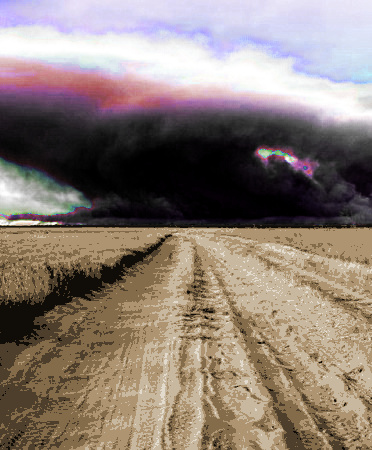Climate report backs concern
 Australia’s climate is warming fast, bringing harsher fires, hotter seas, and shifting rainfall extremes.
Australia’s climate is warming fast, bringing harsher fires, hotter seas, and shifting rainfall extremes.
The 2024 State of the Climate report by CSIRO and the Bureau of Meteorology (BOM), shows worsening climate impacts nationwide.
The biennial report describes a reshaping of Australia’s natural landscape as risks intensify, impacting communities, ecosystems, and regional economies.
The findings indicate that Australia’s land has warmed by 1.51°C since 1910, with ocean temperatures rising by 1.08°C since 1900.
“This warming has led to an increase in extreme fire weather and longer fire seasons across large parts of the country,” says BOM’s Climate Services Manager, Dr Karl Braganza.
Eight of the nine hottest years recorded in Australia have occurred since 2013, worsening fire conditions, especially in densely populated areas.
The report highlights regional rainfall changes, with an increase of 20 per cent in wet-season rainfall in northern Australia over the last 30 years, while southwestern Australia saw a 16 per cent decrease from April to October.
These changes, combined with lower streamflows in the south, are affecting agriculture, water availability, and soil health.
Australia’s oceans are warming faster than the global average, especially in the Tasman Sea, where temperatures are rising twice as quickly.
“Increases in temperature have contributed to significant impacts on marine habitats, species, and ecosystem health, such as the most recent mass coral bleaching event on the Great Barrier Reef this year,” says CSIRO’s Dr Jaci Brown.
Sea levels around Australia have risen by 22 centimetres since 1900, with half of this rise recorded since 1970, intensifying coastal erosion and inundation threats.
The report attributes these changes largely to rising greenhouse gases.
Data from Tasmania’s Kennaook/Cape Grim Baseline Air Pollution Station reveals carbon dioxide levels now 51 per cent higher than pre-industrial times.
Australia’s contribution to global carbon levels includes fossil fuel exports, with carbon emissions embedded in these exports averaging 1,055 megatonnes annually from 2010 to 2019, more than double Australia’s own domestic emissions.
Experts say the figures show the urgency of curbing emissions.
“The trajectories of change are accelerating…our responses in terms of both reducing our emissions or building capacity to adapt to the increased risk are lagging behind where they rationally should be,” said Professor Mark Howden, from the ANU Institute for Climate, Energy & Disaster Solutions.
The report predicts continuing warming, leading to more extreme heat events, extended fire seasons, and short, intense rainfall episodes that elevate flood risks, especially in urban areas.
To meet the net-zero emissions target by 2050, Australia’s emission reduction rate must accelerate significantly by 2030, according to BOM projections.
“If we continue to burn fossil fuels at home and export them to be burned elsewhere, we will continue to increase Australia’s risk to severe weather events,” says Dr Kimberley Reid from the University of Melbourne’s ARC Centre of Excellence for Climate Extremes.
The report adds further weight to calls for proactive risk management and long-term monitoring to address Australia’s escalating climate challenges.







 Print
Print